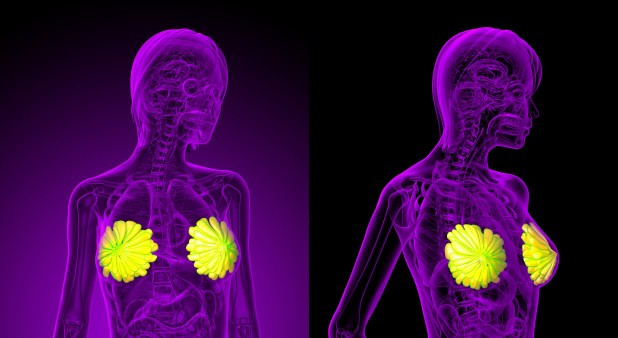Source: heraldtribune.com
Q: What kinds of activities should be restricted after treatment for breast cancer?
A: For more than 25 years, many breast cancer survivors were given a lifelong, life-changing warning: Do not lift anything over five pounds, avoid getting manicures, taking saunas or even gardening since it might lead to a painful complication called lymphedema, which can cause irreversible swelling in the arm and often hardening of skin.
The condition is usually caused by the removal of lymph nodes, which is done during breast cancer surgery to determine if the cancer has spread. The nodes are part of the body’s lymphatic system, which protects against invaders. Lymphedema happens when a blockage, often because of scarring from surgery or radiation, causes fluid to accumulate, painfully and often irreversibly.
Doctors treating breast cancer patients long thought that infection or injury would cause inflammation, which in turn would overload the lymphatic system causing the swelling and pain of lymphedema.
But based on studies over the past decade, the old warnings of lymphedema do’s and don’ts have been dramatically relaxed.
“We continue to caution women about injury to the hand/arm that is at risk for lymphedema. Meaning, when gardening, you should wear gloves, said Katherine Kopkash, director of oncoplastic breast surgery at NorthShore University HealthSystem outside Chicago. “If receiving manicures, you should not have your cuticles cut. Be careful in saunas to limit your exposure to heat and avoid burns.”
Using light weights and very slowly increasing them is also OK.
Many of these warnings, said Simona Shaitelman, associate professor of radiation oncology at the University of Texas MD Anderson Cancer Center, were little more than “old wives’ tales,” which in recent years have been debunked based on results of a group of well-run studies.
Kathryn Schmitz, a professor of public health sciences at Penn State Cancer Institute and president of the American College of Sports Medicine, conducted those studies, which showed that a careful return to working out with weights did not increase the risk of lymphedema.
For years, breast cancer doctors used axillary lymph node dissection (removal of lymph nodes in the underarm) to see if cancer has spread beyond the tumor, often removing between 10 and 40 of the nodes, which made the chances for lymphedema fairly high. In the late 1990s, sentinel node biopsy (removing only the node closest to the tumor, to start with to see if the cancer had spread, and then looking at others only if necessary) came into use to allow fewer lymph nodes to be surgically removed.
Although this decreases the chance of developing lymphedema, it can still occur. The New England Journal of Medicine calculated the risk for women using the sentinel node technique at about 6% to 10%.
“It depends on how many nodes were removed,” Schmitz said. “Patients need to know how many.”
In addition to warnings about working out and not lifting anything heavy, women were told to wear a compression sleeve when traveling by air, to prevent air pressure causing lymph flow problems, and not to have blood pressure readings or blood draws on the affected arm.
Shaitelman, who oversees a lymph screening initiative that helps patients treat lymphedema early and is involved in ongoing research, cites a 2016 study by researchers at Harvard Medical School and Massachusetts General Hospital that investigated these warnings and found they were based on anecdotal evidence.
“Despite the prevalence and persistence of recommendations to pursue precautionary behavior after breast cancer treatment, few data exist to support these practices,” the study said.
